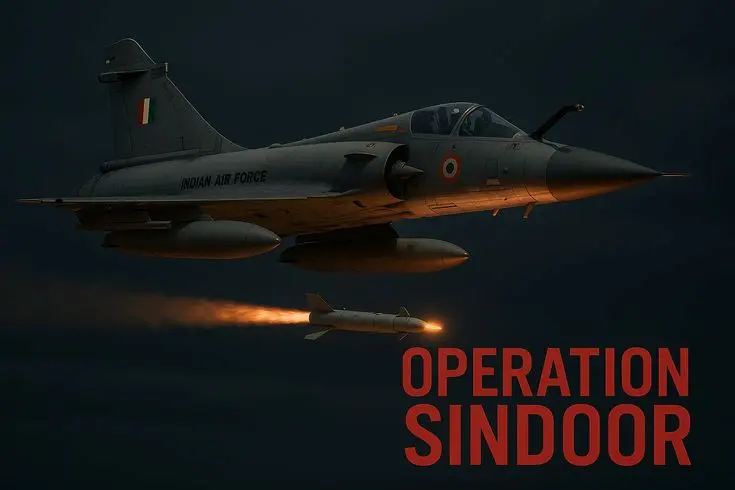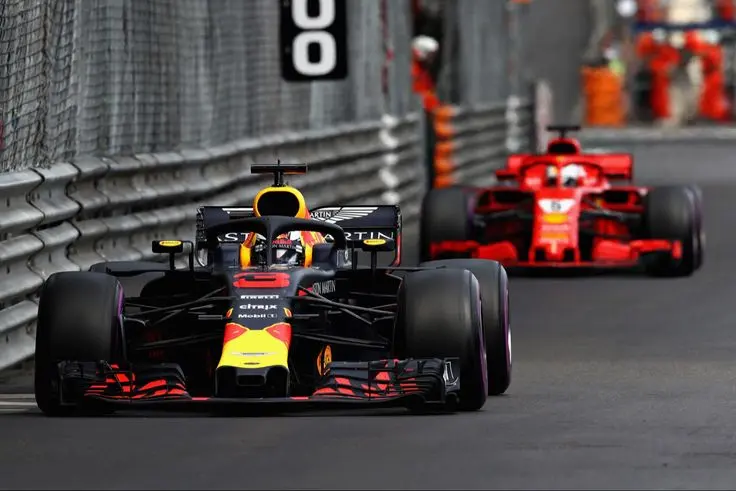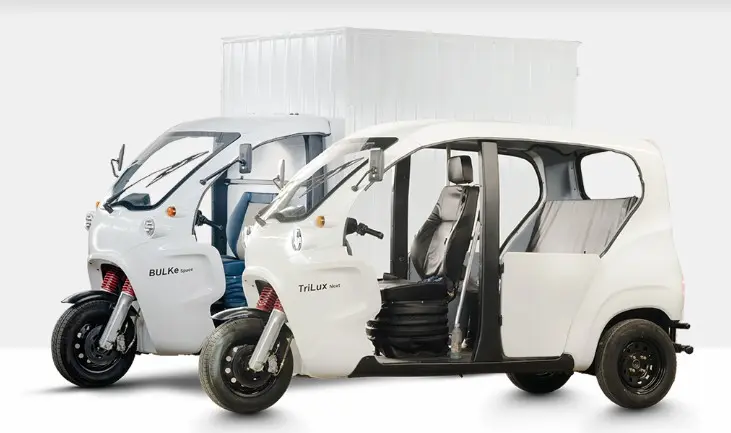Last Updated on June 25, 2025 by Burhan
Shubhanshu Shukla Axiom 4 mission marks a historic moment in India’s journey into space—one that rekindles national pride and launches a new era of ambition and private-public collaboration. From a humble upbringing in Uttar Pradesh to floating aboard the International Space Station (ISS), Shukla’s story is not just about space travel—it’s about every Indian dream that dared to reach for the stars.
Summary
Shubhanshu Shukla Axiom 4 mission is India’s bold leap back into human spaceflight after four decades. This landmark mission—conducted in partnership with Axiom Space and SpaceX—sends Indian Air Force pilot Shubhanshu Shukla to the ISS to conduct high-value scientific experiments, reconnect India’s presence in space exploration, and inspire a new generation of STEM pioneers.
Table of Contents
Who Is Shubhanshu Shukla?
Shubhanshu Shukla is a decorated Indian Air Force pilot and trained astronaut selected for the Axiom 4 mission, which is part of a growing trend of commercial spaceflight collaborations. Raised in a small town in Uttar Pradesh, Shukla represents the dream of every Indian student who gazes at the night sky with wonder.
With a degree in aeronautical engineering and years of service in high-stakes aerial operations, his expertise made him an ideal candidate for spaceflight. Trained under NASA and Axiom Space protocols in Houston, he endured underwater simulations, G-force resistance drills, and advanced space systems operation—all while holding India’s hopes close to his heart.


“My journey reflects the untapped potential of millions of Indians. If I can get here, so can they,” Shukla remarked during pre-launch briefings.
Why is Axiom 4 Mission Important for India?
The Shubhanshu Shukla Axiom 4 mission is more than just a seat on a spacecraft—it’s India’s first human presence in space since 1984. It signifies:
- India’s return to human space exploration
- The growing reliance on private-public partnerships
- The nation’s evolving role in global space science
For a country that once celebrated Rakesh Sharma’s iconic spaceflight nearly 40 years ago, this mission is not just nostalgia—it’s a powerful statement of capability and ambition.
This launch also lays the groundwork for India’s upcoming indigenous human mission, Gaganyaan, and gives Indian scientists global exposure in orbital science.
What Will He Do in Space?
During his 14-day stay aboard the International Space Station, Shubhanshu Shukla is tasked with conducting five major scientific experiments that are not only critical for future space missions but also benefit humanity on Earth. Here’s what he’s doing up there:
1. Cardiovascular Study in Microgravity
To understand how the heart adapts to weightlessness and what it means for long-duration missions to Mars and the Moon.
2. Botanical Research: Space Farming
Shukla is cultivating drought-resistant crop samples aboard the ISS in low-gravity conditions to test food sustainability for lunar and Martian colonies.
3. VR Mental Health Research
Using immersive virtual reality simulations, Shukla is helping researchers measure their impact on stress reduction and isolation mitigation in confined environments.
4. Semiconductor Manufacturing
He will contribute to the creation of high-purity crystals and electronic materials that are otherwise difficult to produce on Earth due to gravitational interference.
5. Radiation Shield Testing
Aboard the ISS, Shukla is also trialing new radiation shielding materials, which will be crucial for deep-space exploration missions beyond Earth’s orbit.
“This mission isn’t just symbolic; it’s scientific, strategic, and deeply personal,” said a spokesperson from Axiom Space.
How does Axiom 4 Mission connect to India?
This mission connects deeply with India in multiple dimensions:
✦ National Pride & Global Representation
- Shubhanshu Shukla is flying as a civilian representative of India, under the tricolor, making him a symbol of national pride. His very presence aboard a SpaceX capsule is proof that India is a serious player in space diplomacy and innovation.
✦ Education & Youth Inspiration
- Back home, schools across India held live viewings of the launch. Students saw one of their own—someone who came from a non-elite background—achieve something truly global. This mission will boost enrollment in STEM disciplines and promote India’s technological ecosystem.
✦ Strategic Advancement
- This mission is not ISRO-led, but it still strengthens India’s future missions through experience, international collaboration, and data collection.
“His mission is India’s mission,” declared a panelist on Indian national TV, and rightly so.
How did Shubhanshu Shukla get selected for the Axiom 4 mission?
Shubhanshu Shukla’s selection was the result of a stellar aviation career in the Indian Air Force combined with rigorous astronaut training. His strong technical background, adaptability, and calm demeanor made him an ideal candidate for the Axiom 4 mission. Trained in both India and the U.S., he met NASA and Axiom’s demanding standards, proving India has talent ready for global space missions.
Is the Axiom 4 mission part of ISRO’s program?
No, Axiom 4 is not a part of ISRO’s direct mission portfolio. It is a privately-led space mission by Axiom Space in collaboration with SpaceX. However, the mission still aligns with India’s broader space aspirations by helping Indian talent gain exposure to international operations and advanced space systems, indirectly supporting ISRO’s goals, including the upcoming Gaganyaan mission.
What is the difference between Axiom 4 and Gaganyaan?
Axiom 4 is an international, commercial spaceflight mission involving private partners like Axiom Space and SpaceX, with multinational crew members, including Shubhanshu Shukla from India. In contrast, Gaganyaan is India’s own human spaceflight program, led entirely by ISRO, and is designed to launch Indian astronauts aboard an indigenous spacecraft. Both missions are milestones, but they differ in origin and scope.
Will Shubhanshu Shukla return after the mission or stay in space long-term?
Yes, Shubhanshu Shukla will return to Earth after completing his assigned tasks aboard the ISS. The Axiom 4 mission is scheduled for around 14 days, after which the crew, including Shukla, will re-enter Earth’s atmosphere aboard the Crew Dragon capsule and land in the ocean for recovery. It is a short-duration mission focused on research and international collaboration.
What role does SpaceX play in the Axiom 4 mission?
SpaceX is the launch and transport provider for the Axiom 4 mission. The company’s Falcon 9 rocket and Crew Dragon capsule safely carried Shubhanshu Shukla and the rest of the Axiom 4 crew to the International Space Station. This collaboration highlights how private space companies like SpaceX are revolutionizing access to space and creating new opportunities for astronauts from countries like India.
How does the mission inspire Indian students and youth?
Shubhanshu Shukla’s journey to space is a powerful message to India’s youth: your background doesn’t limit your future. His success story encourages young minds to pursue STEM education, dream bigger, and believe that global achievements are possible. This mission is already sparking conversations in classrooms and motivating students to explore careers in science, space, and beyond.
What are the benefits of India participating in private space missions like Axiom 4?
India’s participation in private missions like Axiom 4 brings international visibility, cutting-edge training, and scientific collaboration. It also prepares Indian astronauts and scientists for future space initiatives by gaining real-world experience in missions outside of ISRO’s purview. This global exposure strengthens India’s standing in the space sector and accelerates the development of its own programs like Gaganyaan.
Timeline of the Axiom 4 Mission
- Training: NASA’s Johnson Space Center, Houston
- Rocket: SpaceX Falcon 9
- Launch Site: Kennedy Space Center (LC-39A)
- Docking Point: Harmony Module, International Space Station
- Duration: 14 days
- Spacecraft: Crew Dragon “Endeavour”
Voices from the Ground
Teachers, scientists, and students have hailed this as a turning point.
“Finally, our children have a new Indian space hero,” said Dr. Anjali Mehta, an educator in Delhi.
“It’s not just a flight to the ISS—it’s a flight into our future,” tweeted a fan on launch day.
Future Prospects for India’s Space Goals
The Shubhanshu Shukla Axiom 4 mission is not the end—it’s a gateway. This mission aligns with India’s ambitions in:
- Gaganyaan: ISRO’s human spaceflight mission scheduled for 2026
- Lunar Gateway Collaborations: India’s potential involvement in the upcoming Moon-orbiting space station
- Space Economy Expansion: Expected to reach $50 billion by 2030
With global partnerships like Axiom and SpaceX, India is poised to be a dominant force in space science, exploration, and industry.
FAQs
Who is Shubhanshu Shukla?
He is an Indian Air Force pilot and spaceflight participant representing India aboard the Axiom 4 mission to the ISS.
Why is the Shubhanshu Shukla Axiom 4 mission significant?
It marks India’s first human presence in space in over 40 years through a private-sector international collaboration.
What experiments will Shubhanshu Shukla do on the ISS?
He will conduct research on cardiovascular health, space farming, mental well-being, semiconductor purity, and radiation shielding.
How does this mission benefit India?
It revitalizes India’s global space reputation, inspires STEM education, and supports the nation’s scientific and economic growth.
Categories: India | International | Education | Auto | Tech | Business | Entertainment | Sports




